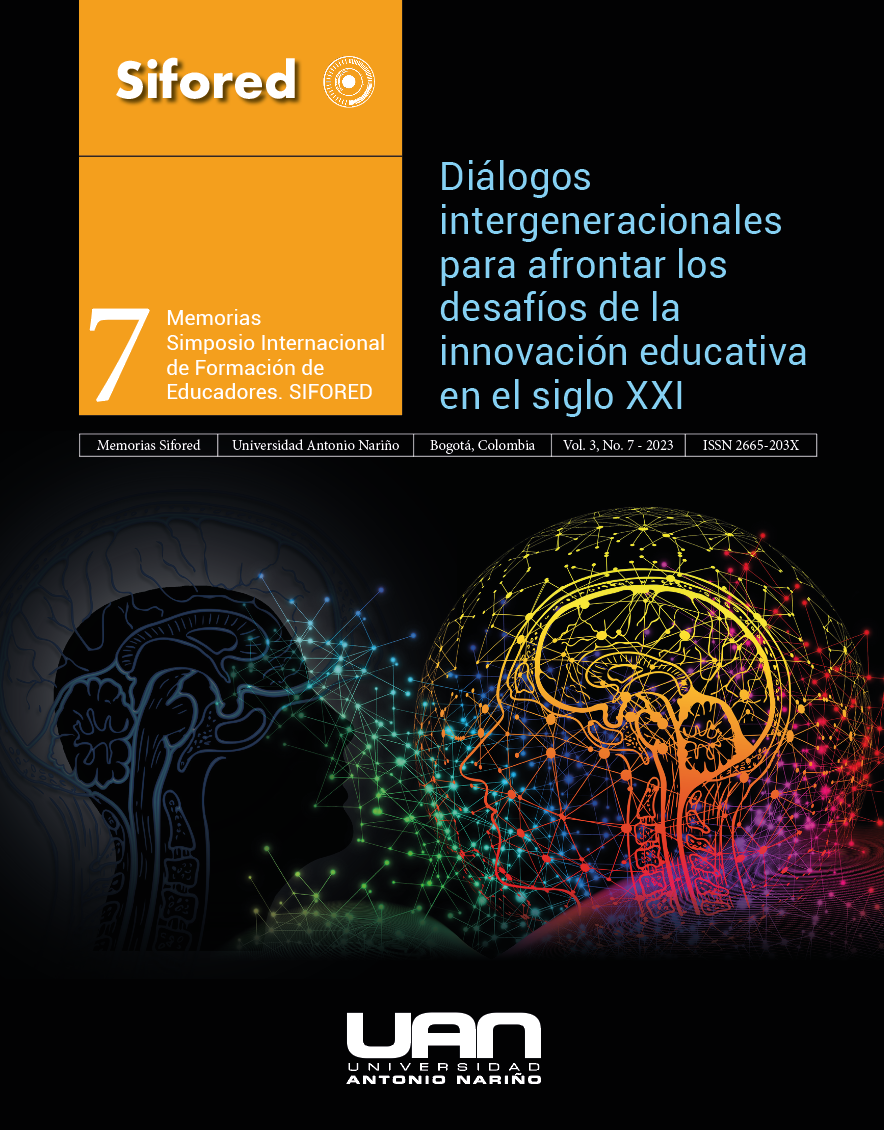De la transversalidad en el aula de clases como una deconstrucción: un problema (parcial) científico en la educación artística
Keywords:
Curriculum renewal, plastic arts, Basic education, Critical thinkingAbstract
Under the accumulation of classroom praxis, artistic education is generally reduced to the teaching of music and the visual arts. In Colombia, Law 115 of 1994 has shown that in official educational institutions, a design of artistic education as space – island – disconnected from other spaces of student learning, omitting what is reflected in the articles of the referenced law, which requires the transversality of the arts with other areas and, therefore, artistic education has a risk in educational institutions of being assigned as the area to cover the workload of educators; Without serious evaluation, respect for the specific knowledge and suitability of the educator according to studies and pre-knowledge in the plastic arts and artistic education. The above implies that the student must be subjected to subjective methods according to each educator and institution. The research methodology is supported within the qualitative paradigm located in the classroom, seeking to map the difficulties manifested in the students such as repetition of their classmates' words to describe what is reflected in their artistic works, and the systematic presence of textual words without relating from the basic concepts of its school context.
Downloads
References
Ávila-Rodríguez, F. (2023). La pregunta por la educación artística en el aula de clases: transversalidad y problema PC (Investigación Tesis Maestría). Universidad Autónoma de Bucaramanga, Bucaramanga. Colombia.
Campbell, L., Campbell, B.,y Dickenson, D. (2002). Inteligencias múltiples. Usos prácticos para la enseñanza y el aprendizaje. Buenos Aires, Argentina: Editorial Troquel S. A.
Di Gravia, A.R. (2006). El Problema Científico: aspectos lógico-lingüístico y epistemológico (Tesis de doctorado). Universidad Nacional Experimental Simón Rodríguez, Caracas. Venezuela.
Gardner, H. (1983). Frames of mind: The theory of Multiple Intelligences. New York: Basic Books.
López-García, C. (2012). La evolución de la educación artística y su revitalización mediante el blog. Revista de Educação e Humanidades, 2, 341-358.
Popper, K. (1980). La Lógica de la investigación científica. Madrid: Editorial Tecnos.
Popper, K. (1991). Conjeturas y refutaciones. Buenos Aires-Barcelona: Editorial Paidos.
MEN. (2010). Documento 16. Orientaciones Pedagógicas para la Educación Artística en Básica y Media. Santa Fe de Bogotá: Ministerio de Educación Nacional.
Navarrete-Artime, C. (2021). El aprendizaje basado en proyectos en el ámbito artístico: un estudio de caso en educación secundaria obligatoria (Tesis inédita doctoral). Universidad de Oviedo, España.
Russell, B. (1983). El conocimiento humano. Barcelona, España: Ediciones Orbis.
UNESCO. (2009). Documento Hoja de Ruta para la Educación Artística. Recuperado de https://bibliotecadigital.mineduc.cl/
Vygotsky, L.S (1925). Psicología del arte (Tesis doctoral). Universidad de Moscú.
Downloads
Published
-
Abstract408
-
PDF (Español)128
How to Cite
Issue
Section
License

This work is licensed under a Creative Commons Attribution-NonCommercial-ShareAlike 4.0 International License.


 Portal de Ciencia Abierta
Portal de Ciencia Abierta